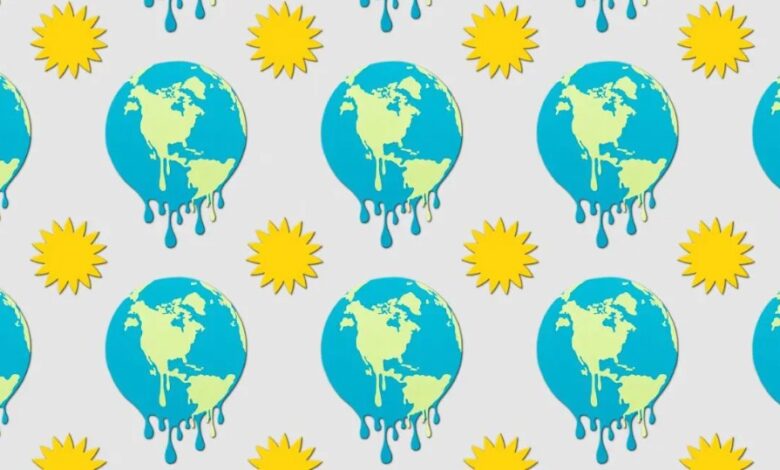State of Climate 2022, all NOAA numbers on global warming
Since 1960, the rate at which the concentration of CO2 in the atmosphere has increased by three times. In 2022 it reached 417.1 parts per million (ppm): the highest value ever measured in the last 800 thousand years (data we know thanks to cores in the ice sheets) and a high figure of 50% of the levels of the pre-industrial period. Record also for the other two main greenhouse gases: methane has increased by 14 parts per billion (ppb) and is 165% higher than the period 1850-1900 while NOx have increased by 1.3 ppb, a pace greater than the average of the last decade. These are the data contained in the report on the State of Climate 2022 compiled by the National Oceanic and Atmospheric Administration (NOAA) of the United States.
Trends in the global climate
Last year it closed with very high global temperatures despite the ongoing La Niña, the natural climate phenomenon that develops in the equatorial Pacific and has global consequences on the planet’s climate, cooling it, unlike its twin “hot” El Niño. Indeed, the State of Climate 2022 notes, it was the year with La Niña hottest ever. The global thermal anomaly stood at +0.25-0.3 C above the average of the three-year period 1991-2020.
And while the last 8 years, according to all 6 major global climate monitoring, have been the hottest ever, 2022 confirms the ongoing acceleration in global warming. From 1880 to today, on average, the climate has warmed by 0.14-0.16 ºC every decade. But this rate has more than doubled since 1981.
read also Hot summer record 2023: we lived the first 2 months in a row at +1.5
Among the many data contained in the 516 pages of the report on the State of Climate 2022 stand out those on the warming of the seas. The global oceans have continued to store 90% of the solar energy that reaches the Planet and is retained due to the greenhouse effect. The temperature of the water column of the first 2000 meters reached record values in 2022, while the increase in sea level – partly also influenced by the thermal expansion due to higher temperatures has marked a new record for the 11th consecutive year, with 101.2 millimetres above the 1993 average.






